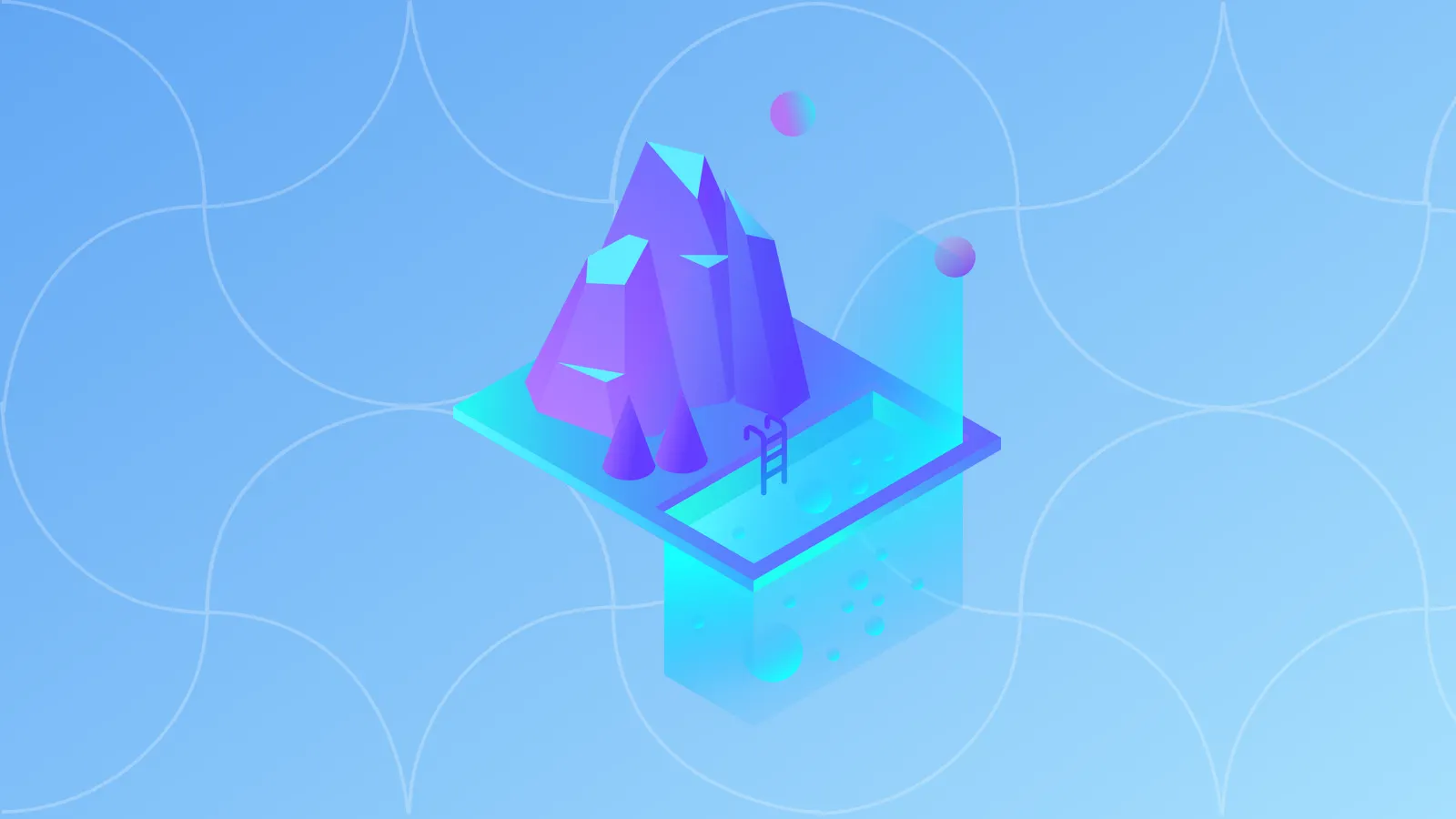In the early days of bitcoin, mining was a one-man job. It was easy enough to solve the proof-of-work puzzles at the heart of blockchains that they could run a mining rig from their bedrooms.
But as Bitcoin's popularity increased, so did the difficulty of the puzzle at the heart of the network, meaning individuals were increasingly less likely to reap the rewards. That's where mining pools come in. Miners began working together to increase their chances of a pay-day. Below we dive into these pools in greater detail.
What are mining pools?
A mining pool contains thousands of interdependent miners running the same mining software, known as a “client.” The idea is that the more people working collectively to solve the puzzle at the heart of mining, the more likely they are to get a slice of the rewards. But wait, why do they do that? A quick recap on the history of mining.
A brief history
In Satoshi Nakamoto's infamous white paper, he/she/they outlined a concept called puzzle difficulty. It was designed to make solving the puzzle at the heart of proof of work blockchains like bitcoin consistently difficult, no matter how many people were trying to solve the puzzle. If the network became wildly popular, the difficulty rating would go up requiring more computing power to solve. If the network becomes really unpopular, the difficulty level decreases to reflect the number of miners mining.
Bitcoin is by far the most popular currency currently being mined, meaning the puzzle difficulty is high in relation to how it was when the network first started in 2009. For a deeper understanding of how mining works, we've written a guide explaining all. And if you're wondering who this Satoshi fella is, we've got another guide on that too. Back to mining pools.
What are mining pools, continued
With mining pools, individual miners can join forces with other miners, combining their computing power to help increase their chances of solving the difficulty puzzle. The client those miners use ensures everybody receives a “share” of the overall block rewards generated, provided they can prove they have solved blocks.
Did you know?
The second biggest mining pool by concentration of miners is the Czech Republic!
Different types of mining pools
There are two broad types of mining pool worth noting:
- Cloud-based pools: Miners in these pools mine independently, and connect to the pool through the cloud.
- Mining farms: These miners are like data centers, whereby hundreds or even thousands of miners are sat together working in the same pool.
- Multipool mining: these are groups of miners that move from one cryptocurrency to another trying to find which one is the most profitable to mine.
What are the most well-known mining pools?
Slushpool is the oldest mining pool, and was established in 2010. It represents 11.4 percent of the overall bitcoin hashrate, and is the fourth largest.
AntPool is the biggest in the world, and accounts for a quarter of global hashpower. It’s run by Bitmain, the Chinese manufacturer known also for manufacturing the Antminer series of ASIC mining chips. Because there are more miners running AntPool’s software, they receive comparatively smaller payouts.
BTC.com is a little different. While Antpool and Slushpool have servers all around the globe, BTC.com only has servers in China and the EU. Yet it remains the second most popular pool. Its popularity comes from its unique “full pay per share” system, which adds a portion of total transaction fees to users’ rewards.
But these mining pools have brought a number of challenges.
What are the problems?
Energy Consumption
Mining drains a lot of energy, and when miners amass, they drain more. The total amount of energy bitcoin miners consume, for instance, places it between Chile and the Czech Republic in terms of electricity used per year.
To solve this, many Chinese mining pools situate themselves near sources of renewable energy, such as hydroelectric plants by dams and streams. They then exploit the surplus energy that the plants generate. This is particularly prevalent in Sichuan, the “capital of bitcoin mining.” Since this energy often goes to waste anyway, some argue that this is actually more environmentally friendly.
However, the future of mining in China is in jeopardy due to changes in regulation.
Harmful concentration
Observers say they exert too much centralized power on cryptocurrency networks, which are supposed to be decentralized. Sects within the Bitcoin Cash community, for instance, have clashed over the influence of mining pool BitcoinABC, which accounts for two-thirds of the total hashrate. Bitmain’s mining pools, meanwhile, control nearly half of the bitcoin hashrate.
The advice given to miners is to join smaller, less influential pools, to make sure the networks stay in the hands of the people. But this is easier said than done.
Pools vs. Governments
Mining pools have caught the attention of national governments. In China, which has housed the vast majority of them, is now looking to clamp down.
They often don’t fare much better in the U.S. The city council of Plattsburgh, in New York State, imposed an 18-month moratorium on mining in as it awaited regulatory clarity. New York State also increased electricity fees for those using mining pools.
Needless to say, large pools are now absconding with the equipment before the government can get it. Mining pool BTC.TOP, for example, fled to Canada after US regulations made mining more difficult.
The Future
Mining pools might one day allow regular people to crowdsource funds. Companies like OsiaNetwork LLC for example, wants to allow constituents to pool their processing power to mine campaign funds for political candidates.
But it’s more likely mining, and mining pools, will die out. New cryptocurrencies tend to use systems that consume far less energy, like Proof of Stake or democratic voting systems.
Mining pools within a few years, might become a thing of the past.


